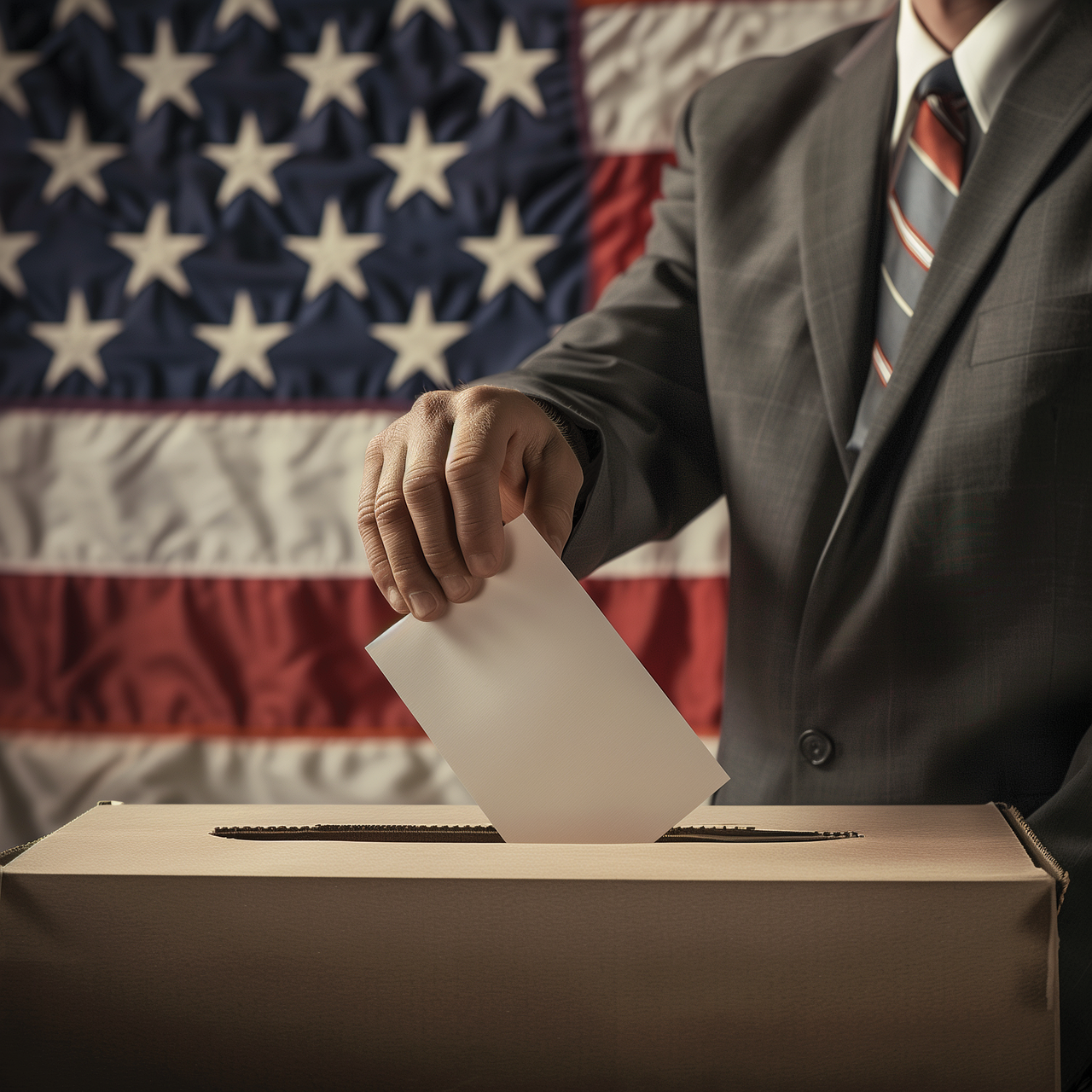
Prior to Voting Day, Understand the Candidates and Their Campaigns
The upcoming election features a diverse slate of candidates, each bringing unique backgrounds, policy positions, and campaign strategies to the table. Understanding these candidates is crucial for making an informed decision at the polls. With the exorbitant amount of information out there on the candidates themselves, we will focus here more on the election day itself.
But please remember that each candidate brings their own flavor to the race, making it a dynamic and multifaceted election, so it is crucial that each voter take the time to examine their backgrounds, policy positions, and campaign strategies, to better understand the candidates and what they represent, ultimately making a more informed choice on election day.
Navigating Election Day: Logistics and What to Expect
Election Day may seem daunting, but understanding the logistics can make the process seamless and stress-free. Whether you’re voting in person or by mail, here’s a comprehensive guide to help you navigate the day with ease.
Early Voting and Mail-in Ballots
Many jurisdictions offer early voting options to reduce congestion on Election Day. You can cast your vote at designated polling stations before the official day.
- Check your local election office for early voting sites and dates.
- Ensure you bring valid identification as required by your state.
- Follow COVID-19 guidelines, such as wearing masks and maintaining social distancing.
Mail-in ballots are another convenient option. Here’s what you need to know:
- Request your mail-in ballot well in advance to avoid delays.
- Fill out your ballot carefully, following all instructions to ensure it is counted.
- Mail your ballot early or drop it off at designated locations to guarantee it arrives on time.
What to Bring to the Polling Station
When voting in person, preparation is key:
- Valid ID: Requirements vary by state, so check what forms of identification are accepted.
- Sample Ballot: Reviewing a sample ballot beforehand can expedite the process.
- Comfortable Attire: Be prepared for potentially long lines.
- Personal Supplies: Water, snacks, and any necessary medications.
At the Polling Station: What to Expect
Polling stations are designed to accommodate all voters, but knowing what to expect can help:
- Check-In Process: Present your ID and sign in with the poll workers.
- Voting Booth: Once checked in, you’ll be directed to a private voting booth.
- Assistance: If you need help, poll workers are available to assist, and many stations offer accommodations for disabilities.
If you encounter any issues:
- Voter Helpline: Contact your local election office or national voter assistance hotlines.
- Provisional Ballots: If there are questions about your eligibility, you can request a provisional ballot, which will be verified later.
Fun Facts and Historical Insights
Did you know?
- The concept of the secret ballot, ensuring voter privacy, was adopted in the U.S. in the late 19th century.
- Early voting was first introduced in Texas in the 1980s.
Hopefully, understanding these logistics, you can approach Election Day with confidence, and that the most important result here is that your voice will be heard and your vote will count.












